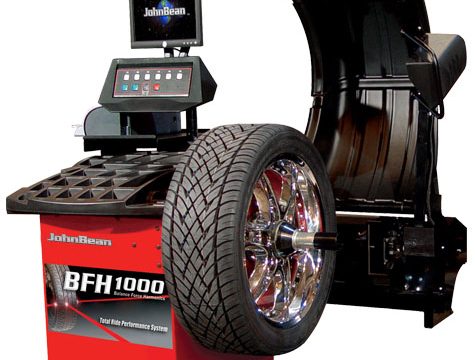RAO AND RAO TYRES
Car and Bus Radial Tyre Repair (PATCH) Services
Today, most of the cars are running on tubeless tyres, and many years of development in tyre industry have reduced the occurance of flat tyres. But they can still happen in the middle of nowhere and for some reason if you don’t have your spare tyre or if you have puncture in more than one tyre then, there are not many options left for you. For situation like this, we must always have puncture repair kit and portable pump in our car. However, just keeping it is not enough, we must also know how to use the puncture repair kit. Puncture repair kit could be brought from any tyre store. It usually comprises of strips of puncture inserts, spiral tool, inserting tool, rubber solution tube and a small blade.


Wheel Alignment
Proper alignment is necessary for even tread wear and precise steering. A misaligned vehicle will also affect your gas mileage.
Research indicates that the average car is driven about 12,000 miles per year. A car with toe alignment just 0.34 degrees (Just 0.17 inches) out of specification has dragged its tires sideways for more than 68 miles by the end of the year!
Don’t be fooled by the “Free Alignment” offered by some of those tire installers. Tire installers don’t have the technical knowledge or tools to repair worn steering or suspension components. Therefore, they don’t inspect steering and suspension components for wear or looseness and thus can not make the proper adjustments to the steering angles. If the suspension is worn or not at the correct ride height then any effort to adjust those angles will be for not.
Wheel Balancing
Wheel balancing is the process of matching the weight of the combined tyre and wheel assembly so that it spins smoothly at high speed. Balancing involves putting the wheel/tyre on a balancer, which centres the wheel and spins it to determine where the weights should go.
At high speeds, a tiny imbalance in weight is intensified by centrifugal force, causing the wheel/tyre to spin with a kind of “clumping" motion. This usually translates into a vibration in the car that is not only uncomfortable but also results in premature wearing of suspension and steering components, rotating parts and tyres.
The first sign that your wheels may be out of balance is when your steering wheel starts to wobble above a certain speed. A driver may not always sense an imbalance at the steering wheel. It could be present but dampened by the vehicle weight. This is why balancing is equally important for both front and rear wheels and is recommended each time a tyre is removed or replaced.


Nytrogen Filling
The handling of the car pretty much depends on the tyre pressure. Even a drop of single psi can lead to a massive change in the handling of the car, especially on wet roads. Most of the drivers understand that tyre load capacity is defined by inflation pressure and tyre size. Higher inflation pressures and larger tyres produce more load capacity, while lower tyre pressures and smaller tyres provide less. A precisely inflated tyre acquires proper support from the contained air pressure to produce an even spread of load across the footprint. Whereas, an under-inflated tyre will lead to wear the shoulder areas of the tread quicker than the centre. This happens because there is inadequate air pressure to support the centre of the tread to hold its fair portion of the weight.
© 2019 Rao And Rao Tyres. All Rights Reserved | Design and Development by IQ Soft Solutions